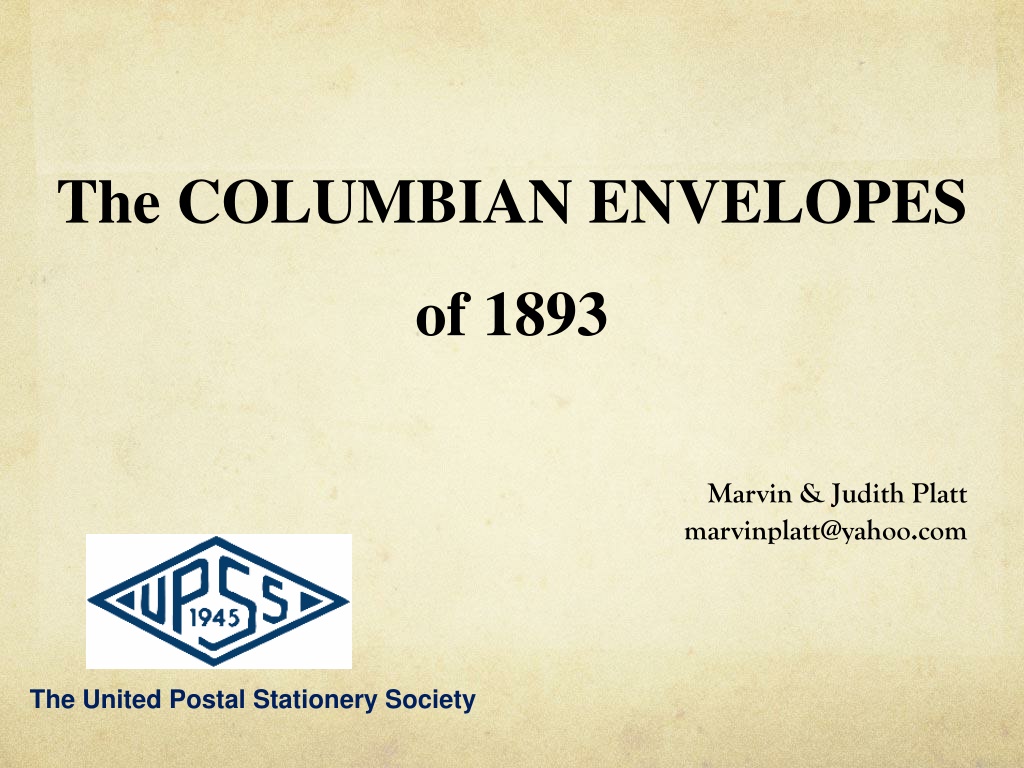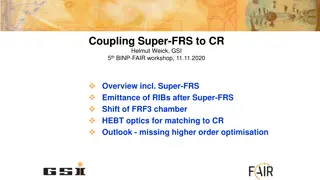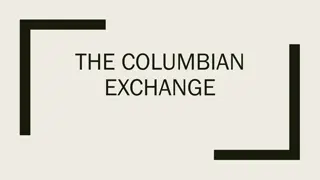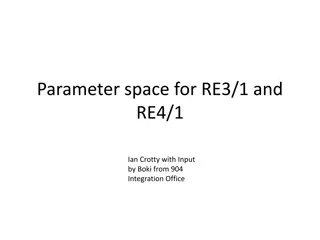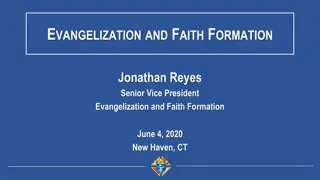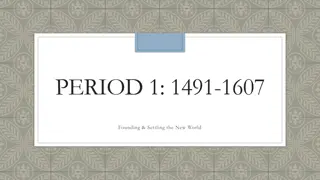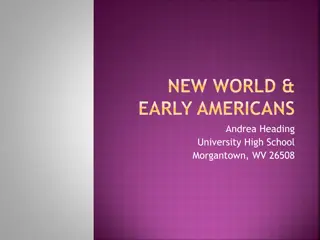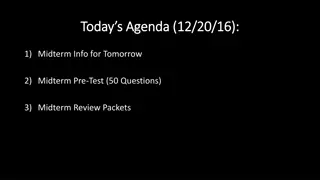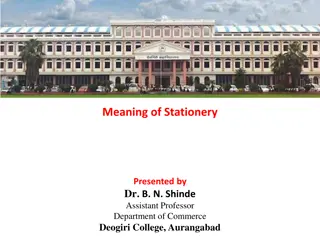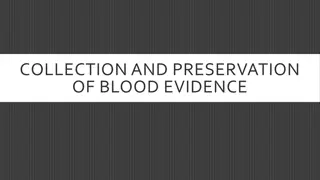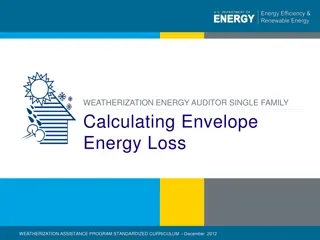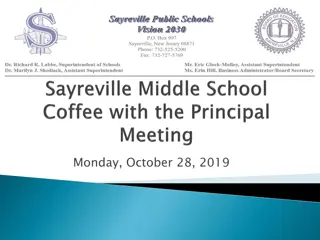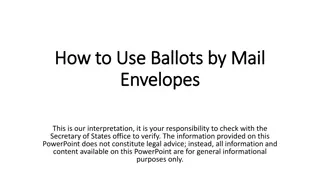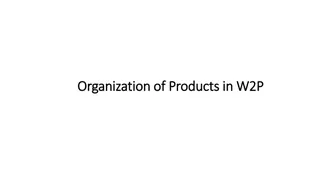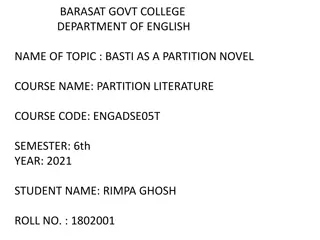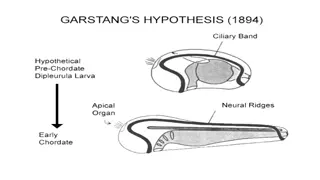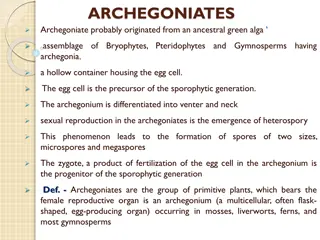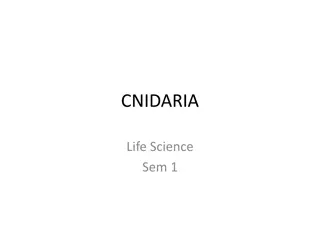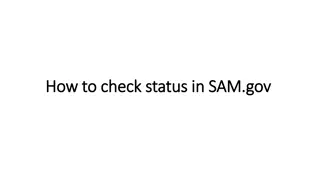The 1893 Columbian Envelopes: A Unique Commemoration
The 1893 Columbian Envelopes were issued by the U.S.P.O.D. to commemorate the World's Columbian Exposition held in Chicago. A total of 107,632,218 envelopes in various denominations, colors, die varieties, and sizes were produced, creating a total of 78 different envelope combinations. The envelopes were a significant part of the postal history, reflecting the grandeur of the exposition.
Download Presentation

Please find below an Image/Link to download the presentation.
The content on the website is provided AS IS for your information and personal use only. It may not be sold, licensed, or shared on other websites without obtaining consent from the author. Download presentation by click this link. If you encounter any issues during the download, it is possible that the publisher has removed the file from their server.
E N D
Presentation Transcript
The COLUMBIAN ENVELOPES of 1893 Marvin & Judith Platt marvinplatt@yahoo.com The United Postal Stationery Society
The 1893 Columbian Envelopes The U.S.P.O.D. recognized the WORLD S COLUMBIAN EXPOSITION, Chicago, Illinois, May 1 through October 30 1893 by issuing our first commemorative stamps and commemorative envelopes. The envelope contract awarded to the Plimpton and Morgan Envelope Company. A total of 107,632,218 envelopes were produced in four denominations and four colors: one cent blue, two cents violet, five cents brown, and ten cents slate; by four dies: 94, 95, 96, 97 with four die varieties: A, B, C, D; and thirty-one working dies eight envelope sizes: A, G, H, I, N, P, Q, R to create 78 different envelope combinations.
The Design Hand drawings of essays by Henry Michel and of accepted design signed by Postmaster General (ADH: Hazen)
A total of 107,632,218 envelopes, U348, U349, U350, and U351, were produced by four dies: 94, 95, 96, 97; in four denominations and colors: one cent blue, two cents violet, five cents brown, and ten cents slate;
and eight envelope sizes: A, G, H, I, N, P, Q, R 7(A) Note & 1 cent circular 9(P) Letter 5 cents Foreign Letter rate for oz. 11(Q) Commercial 2 cents Domestic 1 oz.
BARONIAL 16 (N) 2 cents Domestic Rate 1 oz. 18(R) 5 cents Foreign Letter Rate oz.
OFFICIAL 21(G) 23(H) 25(I) 10 cents paid 2 cents domestic + 8 cents Registered Letter rate
...of which P,Q, and R were new sizes to create 78 different envelope combinations.
SUMMARY OF PRODUCTION OF THE COLUMBIAN ENVELOPES All of the envelopes were derived from the two cents master die. Both wings of the essay were cut down. 2A1, a two cents Columbian envelope with a blunt right wing, was the first envelope produced. Of the 107 millionenvelopes, 90% were two cents. There were four die varieties: A,B,C,D; twenty-two working dies and three right wing types: blunt, two feathers and one feather produced by cutting down the hub. 8% of the envelopes were of the one cent denomination. There were three die varieties: A,B,C; sixworking dies with three wing types: blunt, one feather and pointed. 0.7% the envelopes were of the five cents denomination. There were two die varieties: A and B and two working dies with pointed right wings. 0.2% were of the ten cents denomination. There was one die variety, C, and one working die with one feather.
